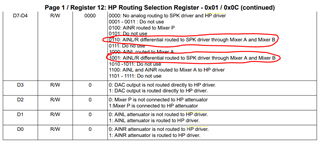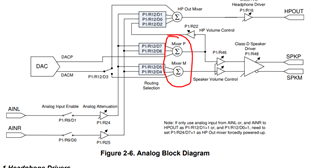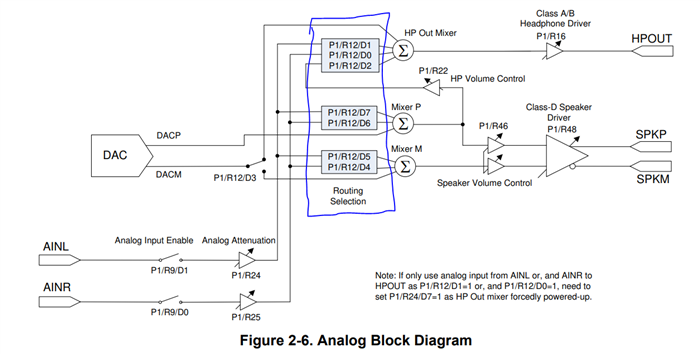Other Parts Discussed in Thread: TAS2505-Q1
Hello team,
We are planning to use TLV320AIC3109-Q1 and TAS2505-Q1 in our design and we only have a single mic and single speaker application.
We have few questions:
1. Can we use only MIC2P and MIC2M for our usage and terminate MIC1 channel?
2. Are there any technical differences between MIC1 and MIC2?
3. W.r.t output, we are planning to use RIGHT_LOP and RIGHT_LOM and this will be connected to AINR and AINL of TAS2505-Q1. Is this okay?
4. Are there any technical differences between RIGHT and LEFT channels?
5. If there are differences between MIC1 and MIC2, and RIGHT and LEFT channels, which one do you prefer to use for our application?
Thank you in advance.






